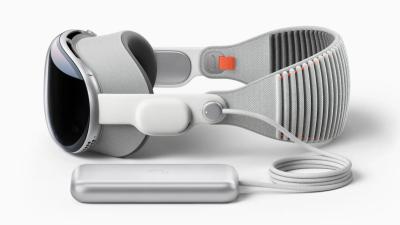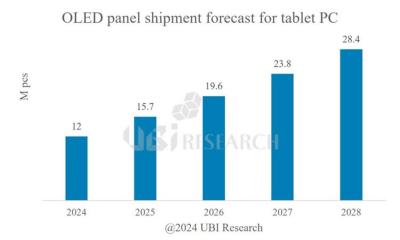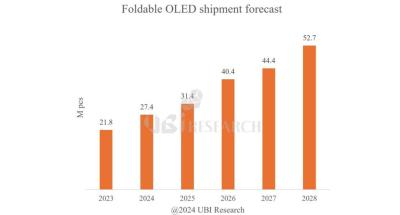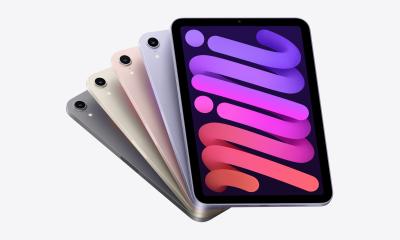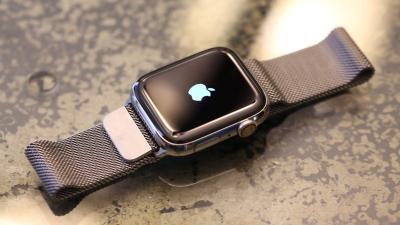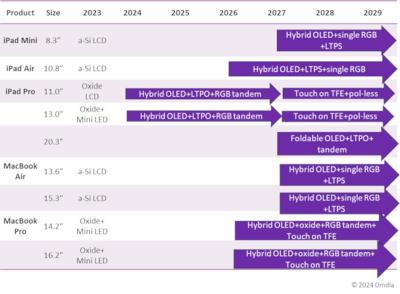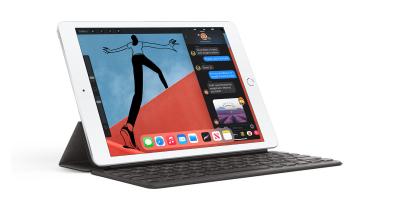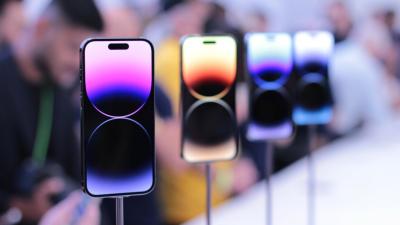OLED is a new display technology, used to create thin, power efficient and bright displays. Today OLEDs are used in mobile phones, tablets, digital cameras and even TV sets - as OLEDs are considered the best display technology ever.
Apple's OLED devices
Apple's 10th anniversary iPhone X was the company's first OLED Phone - with a 5.8" 1125x2436 (458 PPI) flexible Super AMOLED display. Since then Apple has been adding more OLED iPhones, and starting in 2021, the company's entire smartphone lineup adopts AMOLED displays.
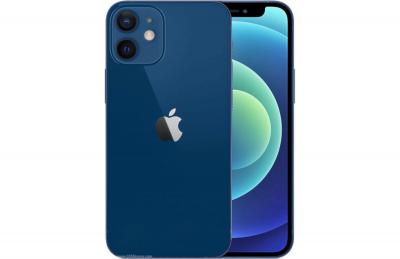
In April 2015 Apple launched its first wearable device, the Apple Watch which used a flexible AMOLED display (made by LG Display). All Apple Watch products to date continue to use flexible AMOLED displays. OLED displays are especially suitable for wearable devices - as the displays are thinner and lighter than LCD displays, and are more power efficient (especially if you tweak the UI to suit the special OLED properties).
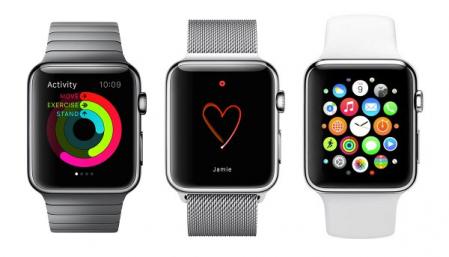
In 2024 Apple launched its first OLED tablets, the 2024 iPad Pro devices, There are two devices, a 11" model (1668x2420) and a 13" model (2064x2752). Both OLEDs offer 120Hz and 1600 nits peak brightness - and a tandem architecture. Apple brands these displays as Ultra Retina Tandem OLEDs.
Apple also has other OLED devices. The Vision Pro VR headset uses 1.4" 4K OLED microdisplays (produced by Sony). In 2016, the company released its MacBook Pro range of high-end laptops that had an OLED Touch Bar instead of the traditional function keys. The company's latest laptops, though, no longer uses this OLED panel.
UBI: OLED tablet shipments to grow 7X in 2024, and continue to more than double by 2028
According to UBI Research, the OLED tablet panel market is set to grow quickly, more than doubling between 2024 (12 million units expected) to 2028 (28.4 million). That's a CAGR of 24.1%.
UBI says that the market in 2023 was only 1.8 million panels - so growth in 2024 will be dramatic (almost 7X), mostly thanks to Apple's adoption of OLEDs in some of its iPad modules (expected to be announced next month). Samsung will produce 11" panels for Apple, while LGD will produce larger 12.9" panels.
UBI: the foldable OLED market will grow to 52.7 million units in 2028, Samsung Display to remain the market leader
UBI Research released its latest foldable OLED shipments forecast, saying that it expects the market to grow from 27.4 million units in 2024 to 52.7 million 2028.
The market is dominated by Samsung Display, which shipped 13.4 million foldable OLEDs in 2023, and holds a 61% market. Samsung is followed by BOE (6.2 million, growing 3X from 2022), TCL CSOT (1.1 million) and Visionox (1.1 million). UBI expects Samsung Display to remain the clear leader in this market as it is the sole supplier to Samsung Electronics - and it is also expected that Samsung will be the exclusive supplier to Apple's future foldable iPhones.
Reports suggest low yields at SDC's fab causes Apple to delay the launch of its first AMOLED tablets
In January 2024 we reported that Samsung Display and LG Display have started to produce AMOLED displays for Apple's future iPads, to be announced later this year. Earlier expectations were for Apple to order a total of 10 million iPad AMOLED displays in 2024 from both LGD and SDC, with LGD getting around 60% of the orders.
Apple was aiming to launch the new OLED iPads this month, but have now reportedly delayed the release to May, as Samsung is suffering from low yields for the 11" AMOLED panels, mostly due to the tandem stack architecture.
Reports suggest BOE and perhaps Tianma to supply all the AMOLEDs for Apple's iPhone SE 4
A report from China suggests that Samsung will not produce any AMOLEDs for the upcoming Apple iPhone SE 4, as the Korean maker asked for around $30 per unit (6.1-inch) which was too high for Apple. Apple apparantly wanted to pay only $25, and it is estimated that BOE will supply most of the units, with some orders perhaps going to Tianma.
According to reports, Samsung estimated that it will not be able to make a profit in this project and decided to stop the negotiations when Apple insisted on a low price.
Apple cancels its microLED wearable display project
Apple entered into the microLED display industry in 2014, following the company's LuxVue acquisition. Since then the company has been very active with microLED development, with a first goal of replacing its wearable OLED displays with its own microLED displays.
Apple started developing microLED displays for wearable devices years ago, first aiming to launch the first product in 2023. The project was delayed several times, as the cost of production for microLED displays was too high for Apple, to the point where it was suggested Apple's goal is to launch the first microLED watch in 2027. One of Apple's key microLED partners, ams-Osram is is building a $850 Million 8-inch microLED epiwafer factory in Malaysia, and yesterday ams-Osram announced that its "cornerstone project" (it did not name Apple specifically) got unexpectedly cancelled.
Omdia updates its Apple laptop and tablet OLED adoption forecast, says market to grow to 72 million units by 2028
Omdia updated its forecast for Apple's OLED adoption in its IT devices (iPads and Notebooks), saying that the company will begin the OLED transition with the 11-inch and 12.9-inch iPad Pro due later in 2024.
Samsung Display and LG Display will be Apple's suppliers, and the two companies will adopt new technologies. SDC will produce rigid glass based LTPO tandem AMOLEDs and LG will produce flexible AMOLEDs, at its E6 line. Omdia estimates that Apple will pay $80-90 for the 11" displays and $120-130 for the 12.9" displays, without the touch and cover glass (which will add $20-30 per display).
Report says Apple reduced its OLED iPad Pro orders by 20-30% due to low expected demand
Earlier this month we reported that Samsung Display and LG Display have started to produce AMOLED displays for Apple's future iPads, to be announced later this year. Earlier expectations were for Apple to order a total of 10 million iPad AMOLED displays in 2024 from both LGD and SDC, with LGD getting around 60% of the orders.
According to a new report, Apple has decided to cut its order size by around 20-30%. Apple will be launching two OLED iPad Pro devices: 11" and 13", and the reduction in orders is for the 13" device, for which LGD is the exclusive supplier, which is why only LGD is effected by the new order cut.
Samsung and LG begin producing 11" and 13" tandem LTPO AMOLED displays for Apple's iPads
Reports from Korea suggest that Samsung Display and LG Display are starting to produce AMOLED displays for Apple's future iPads, to be announced later this year. Samsung is set to produce 11" LTPO AMOLED displays, while LG Display is producing displays for the 13" model (but LGD will also produce 11" AMOLEDs in the future for Apple).
The Elec says that both Korean makers developer 11" and 13" displays, but for some unknown reason only LGD will produce the 13" displays. This could change in the future, of course. One reason could be that LG Display has more experience with tandem OLED architectures (developed originally by LGD years ago for automotive OLEDs).
Reports from China suggest that Apple cancelled its BOE iPhone AMOLED orders due to quality issues
Last month we reported that BOE finally got accepted into Apple's latest-generation iPhone supply chain, and the company will supply 2 million AMOLED displays for iPhone 15 devices in 2023 (that's about 3% of Apple's total iPhone orders). This news came after many years when BOE failed to meet Apple's quality tests.
A new report from China now suggest that BOE's AMOLED displays have been found to still suffer from issues - specifically light leakage around the selfie-camera and sensor 'island'. Eventually Apple decided to cancel its orders from BOE this year, at least until the China-based display maker can fix the issue.
Updated: TrendForce says Apple chooses Seeya and BOE to supply its Vision Pro OLED microdisplays over Sony
Last week we posted the following article, but it turns out that our information was not correct. We mentioned that this was a strange report - and indeed it turns out that Trendforce analysis was misquoted, and the company did not say that Apple will stop using Sony's OLED microdisplays. We are sorry for posting this!
Apple first VR headset, the Apple Vision Pro, will use dual 1.3" 4K OLED microdisplays. Apple has been working with Sony, that produced the first OLED microdisplays, but later reports suggested that Apple is looking to replace Sony with Seeya and BOE as its suppliers to reduce costs (and also likely to increase potential supply as Sony has limited capacity).
According to a new report by TrendForce, Apple has made some changes to its Vision Pro supply chain and has decided to already stop using Sony's OLED microdisplays - and indeed go with Seeya and BOE.
Pagination
- Previous page
- Page 2
- Next page
